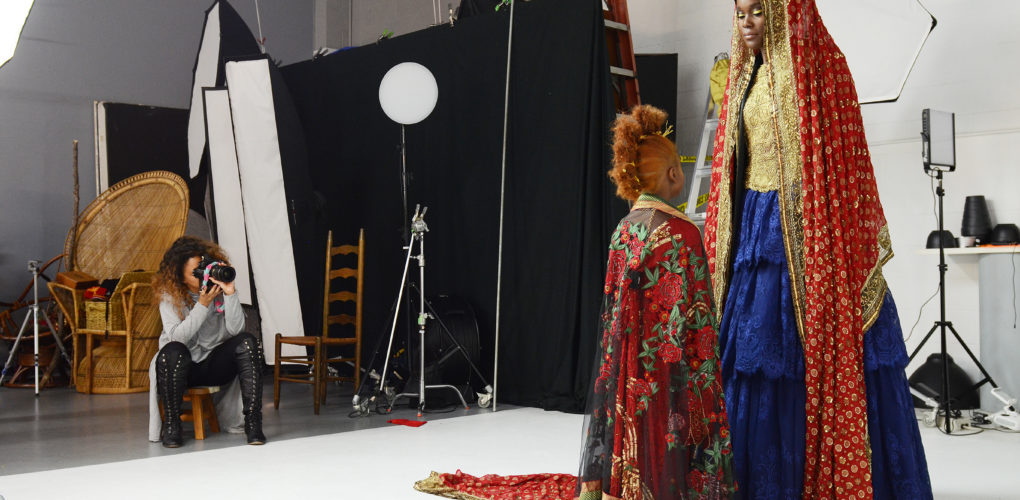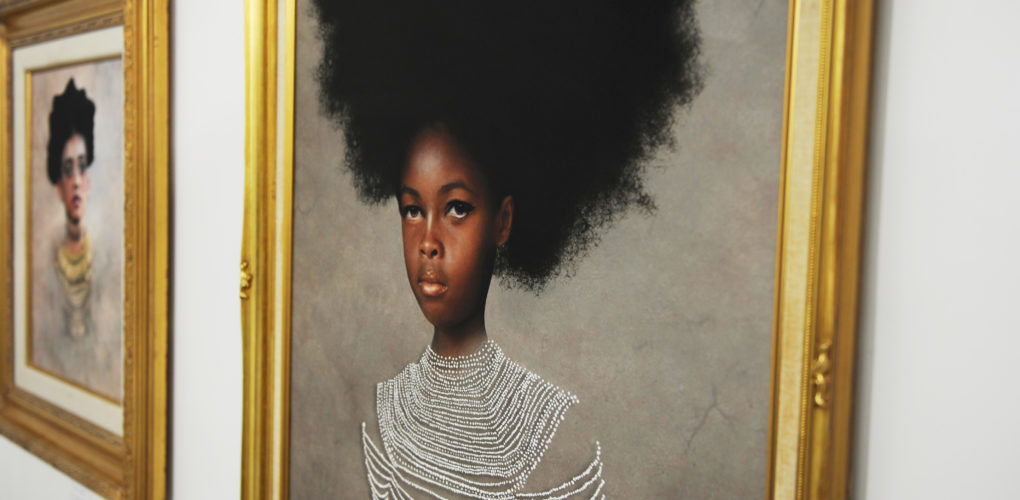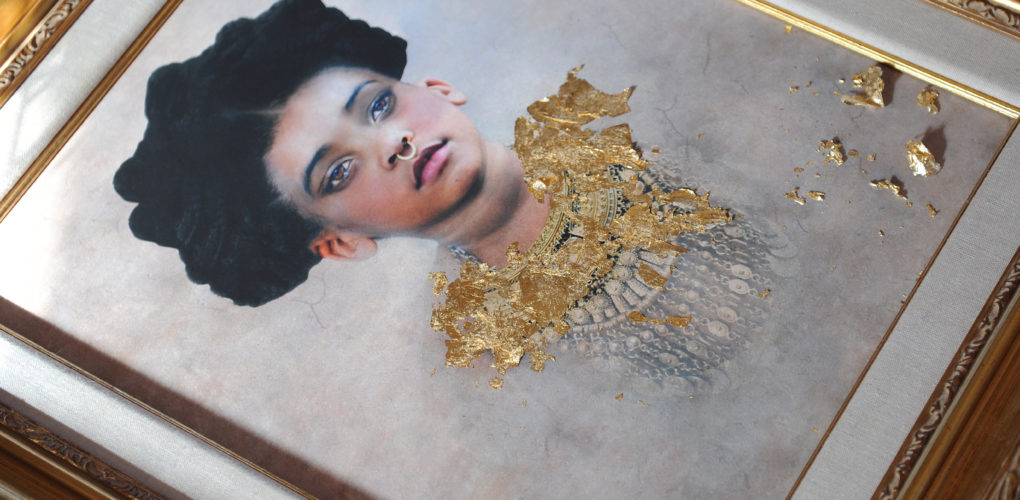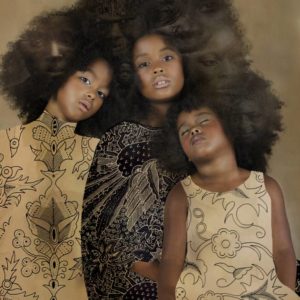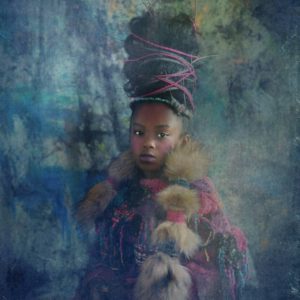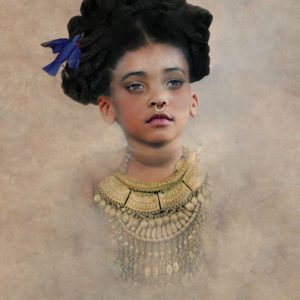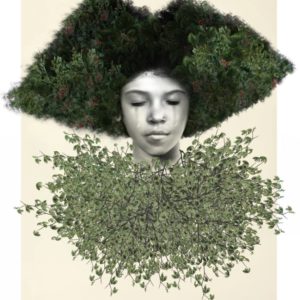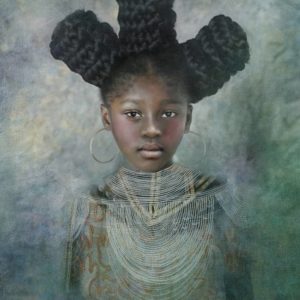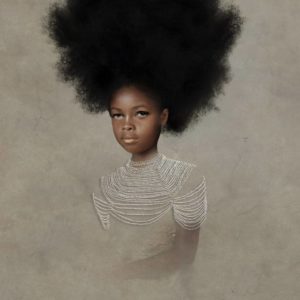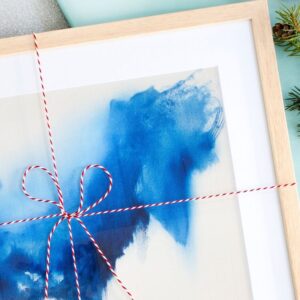One to Watch
 Tawny Chatmon Celebrates Cross Generational Beauty
Tawny Chatmon Celebrates Cross Generational Beauty
Tawny Chatmon’s ethereal portraits celebrate the beauty of black childhood. Inspired by the Renaissance, Pre-Raphaelite, and Vienna Secession movements, she translates motifs from classical works to a contemporary setting, shifting the focus to those who have been underrepresented in Western art. Tawny begins with a photograph — often featuring a family member or close friend — and reworks it through a series of superimpositions using digital techniques, collage, and gold leaf appliqué.
Tawny was born in Tokyo and now lives and works in the United States. She has a background in theatre, an endeavour that continues to inform her practice today. Most recently, she participated in the Art of Blackness exhibition in Chicago, an annual group exhibition that highlights the best of African-American art and design. Her works have also been featured in publications including Afropunk and Vice.
What are the major themes you pursue in your work?
A major theme that I pursue in my work is celebrating the beauty of black childhood by creating portraits that are loosely inspired by works of art painted during the Vienna Secession, Pre-Raphaelite movement, and Renaissance period.
How did you first get interested in your medium, and what draws you to it specifically?
Before my father was diagnosed with prostate cancer in 2010, I had been a photographer for over 10 years. I mostly worked on small commercial shoots and children’s fashion editorials. He and I had talked about me photographing his battle with cancer, which we thought would end with him being victorious over it, but instead, I ended up capturing my father losing his battle to cancer. Capturing his fight changed what I wanted to do with my camera.
What draws me to creating the work that I do, is my desire to make sure I’m “saying something” with my work, that I’m sending a clear message.
How has your style and practice changed over the years?
Within the past 2 years, my practice has changed significantly. I went from only focusing on a singular medium (photography) that showcased ethereal children, to creating more multifaceted works using photography as the first layer and adding elements such as gold leaf, collage, digital illustration, illustration etc. to enhance my work to make a meaningful statement.
Can you walk us through your process? Do you begin with a sketch, or do you just jump in? How long do you spend on one work? How do you know when it is finished?
I begin with an idea. Usually something I’ve seen that’s inspired me. I’ll then schedule a portrait sitting, as photographs are the first layer. Usually my subjects are someone that I am close to in some way. My daughters, son, God daughter, a relative, or a model that I’ve worked with in the past. I work more comfortably this way.
After that is where most of the magic begins. I digitally manipulate the portraits and unite them with other photographic components. Thereafter, I may overlap anything from gold leaf, paint, digital collage, vintage botanical illustrations, and/or digital/illustration. I have no idea HOW I know when it’s finished, I just do. I will keep adding and sometimes removing until I am satisfied that I’m done. After days or even weeks of post-production, there comes a little moment where I’ll say “Yes! That’s it!”
What are some of your favorite experiences as an artist?
Having a mother tell me that my work changed her daughter’s life.
If you could only have one piece of art in your life, what would it be?
Aside from any piece done by my children, if I could have any other piece, it would be anything from a Nick Cave instillation!
